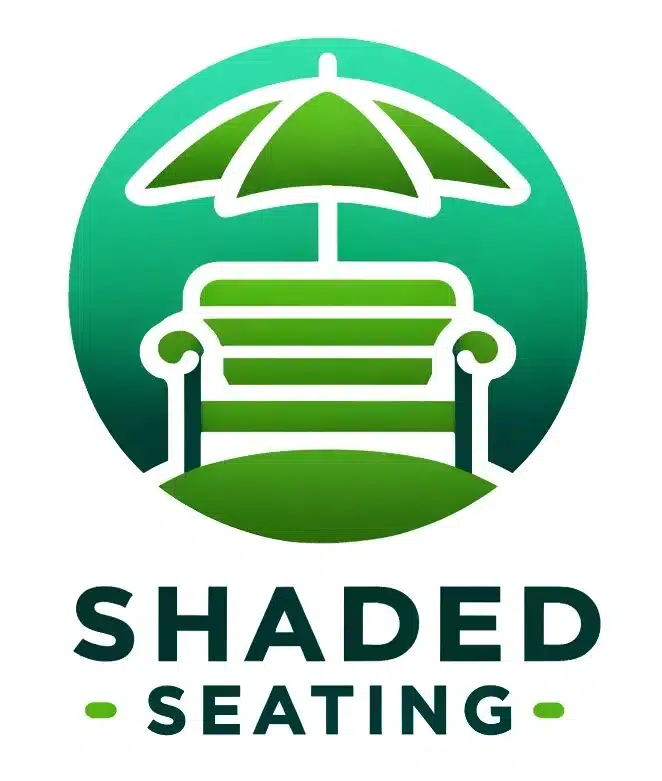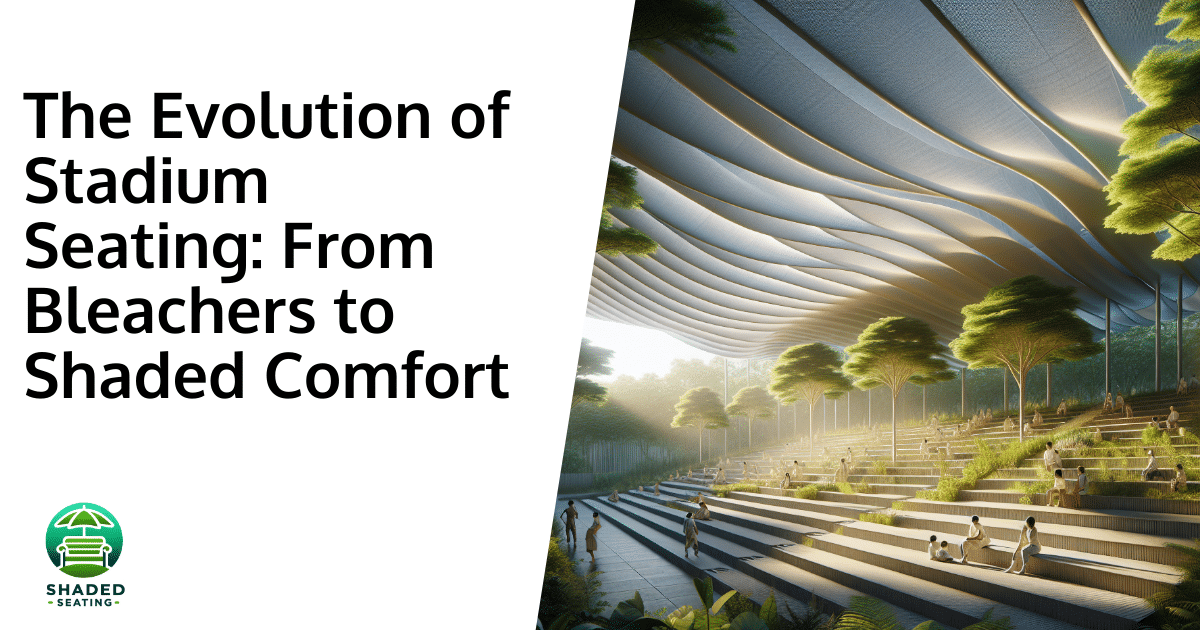Introduction to Stadium Seating
The design and arrangement of seating in sports venues have changed over time to promote spectator comfort and more pleasant experiences. Before buckling up for a comprehensive journey through the evolution of stadium seating, let’s start by defining a few key terms:
The Birth of Stadium Seating and Its Challenges
Historically, spectators of sports events either stood or sat on basic, uncovered bleachers. Although the view was acceptable, the elements made it a less-than-comfortable experience. Key factors back then considered in stadium design were capacity and field visibility, with less emphasis on spectator comfort. High temperatures, sunburn, or drenched clothes were typical challenges that fans had to deal with. Spectators who desired a shade had to rely on natural shade providers – if they were lucky, they could ‘find shaded seats’ under a tree or a building overhang.
The Rise of Covered Seating
As society advanced, so did the intention to improve the spectator experience. Thus came the era of covered seating. With time, stadiums began introducing sections of seating under canopies or roofs. Sports venues upped their game by covering spectators with steel, fabric, or glass canopies that served multiple purposes – sun protection, rain cover, and an aesthetic appeal. Covered seating provided an oasis of comfort from the glaring sun, and architects worked on planning the best areas within the stadium to be covered, primarily focusing on premium seats that were usually more expensive.
The Emergence of Shading in Stadium Design
Out of the necessity for spectator comfort, shaded areas took a more prominent role in stadium design. Stadiums found a balance between covered seating and open-air seating, leading to the emergence of partial roofs, side covers, and modern canopies designed to cast extensive shadows. The task of shading a significant section of the stadium, and not just the expensive front-rows, became a focal point. Engineers began to experiment on varieties of shading prospects such as retractable roofs and adjustable canopies.
Outdoor Seating: Profit & Comfort
For all its benefits, shaded areas are more expensive to construct and maintain. The other side of the coin has outdoor seating, which is cheaper and offers a different immersive experience. Many stadiums use a mix of covered and outdoor seating to balance costs and comfort. Some stadiums have major sections that are only slightly covered or totally exposed to let fans enjoy the game in a more raw, outdoorsy atmosphere.
The ‘Home Side’: A Spotlight on Spectator Preference
It’s interesting to note how fans and spectators have a preference in seating. One important factor is the “home side”. Fans usually scramble to find shaded seats on the ‘home’ side of the field, creating a sense of unity and camaraderie. Sitting on the home side means visibility of the home team, proximity to the most exciting game moments and protection from the weather.
The Future of Stadium Seating: Trends and Prospects
As we cruise into the future, architectural features of stadiums will undoubtedly continue to evolve. The design of spectator seating, shaded or otherwise, promises to stay central to discussions on stadium construction. We’ll see smart shading systems that track the sun’s movement or seating managed by AI. In some parts of the world, there are also discussions around sustainable, eco-friendly stadiums incorporating green roofs for seating sections.
Conclusion
The journey from bare bleachers to shaded comfort highlights the continuous evolution of stadium seating – a journey ruled by strategies focused on enhancing viewer comfort. Going forward, spectator comfort will remain paramount. After all, the roar of the crowd is an integral part of any sports event, and it’s in the best interest of every sports venue to make the spectators’ park themselves in comfort and enjoy the thrill of the game.

